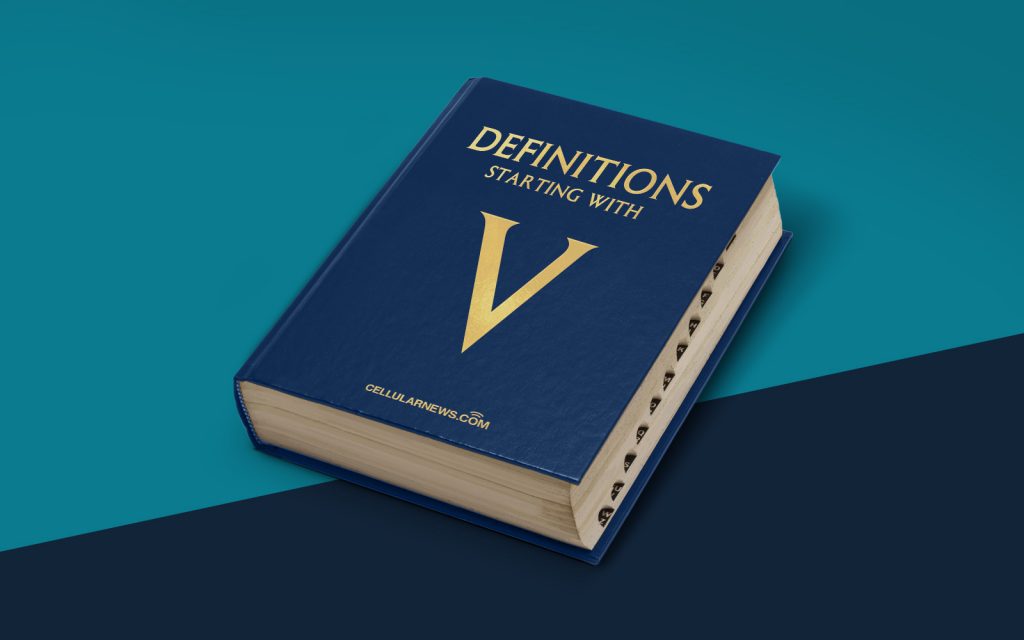
What is Visual Computing?
Welcome to another installment of our “Definitions” series! In this category, we dive deep into various technical terms and concepts to help you and our readers gain a better understanding of the ever-evolving world of technology. Today, we’ll be exploring the intriguing realm of Visual Computing.
Visual Computing, in its simplest form, refers to the field of computer science that deals with images, videos, and graphical data. It involves the use of complex algorithms and computational methods to process, analyze, and manipulate visual information. Visual Computing plays a crucial role in a wide range of applications, from computer vision and image processing to virtual reality and augmented reality.
Key Takeaways:
- Visual Computing is a field of computer science that focuses on images, videos, and graphical data.
- It involves the use of algorithms and computational methods to process, analyze, and manipulate visual information.
In the context of computer vision, Visual Computing enables machines to extract meaningful information from visual data. This can include object recognition, image segmentation, motion tracking, and more. By leveraging machine learning techniques, Visual Computing algorithms can be trained to detect and classify objects, understand scenes, and even interpret human emotions.
Another exciting application of Visual Computing is in the realm of virtual reality (VR) and augmented reality (AR). These immersive technologies rely heavily on realistic visual representations to create virtual experiences or overlay digital information onto the real world. The success of VR and AR depends on the ability of Visual Computing to render high-quality graphics, track movement accurately, and provide seamless integration between the digital and physical realms.
As the field of Visual Computing continues to advance, it opens up a world of possibilities for various industries. From healthcare and gaming to design and entertainment, the impact of Visual Computing is far-reaching. By harnessing the power of visual data, businesses can enhance user experiences, improve decision-making processes, and unlock new growth opportunities.
In conclusion, Visual Computing is an exciting and multidisciplinary field that merges computer science and visual information processing. It empowers machines to analyze and manipulate images and videos, enabling a whole host of applications from computer vision to VR and AR. With its broad impact and fast-paced innovations, Visual Computing is a vital component of our increasingly visual world.
Key Takeaways:
- Visual Computing is instrumental in computer vision, allowing machines to extract meaningful information from visual data.
- Visual Computing plays a crucial role in creating immersive virtual reality and augmented reality experiences.
We hope this exploration of Visual Computing has shed light on this fascinating field. Stay tuned for more informative posts from our “Definitions” series as we continue to unravel the complexities of the modern tech landscape.
